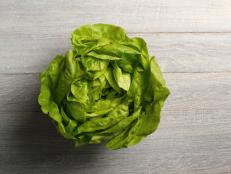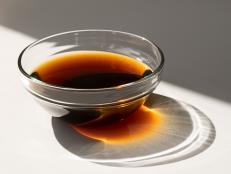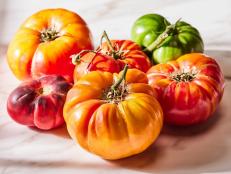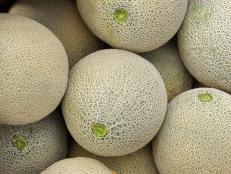Lettuce Now Praise Other Types of Greens?
Consumers embrace iceberg and Boston lettuce as romaine is off the table.
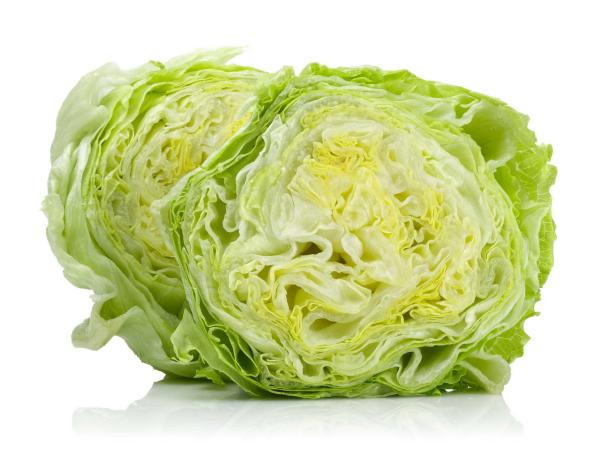
kaanates
Breathe, everyone. The great E. coli-induced romaine-lettuce panic of 2018 seems to be abating, with headlines now urging everyone to “Romaine Calm” and “Lettuce Try Not to Panic.”
After first issuing a blanket warning on November 20 advising people not to eat romaine lettuce -- of any sort and from any place -- due to an outbreak of E. coli that had at that point sickened 32 people in 11 states, the Centers for Disease Control and the U.S. Food and Drug Administration have narrowed their warning, advising that consumers in the United States “not eat and retailers and restaurants not serve or sell any romaine lettuce harvested from the Central Coastal growing regions of northern and central California. If you do not know where the romaine is from, do not eat it.”
A new push toward clearer labeling should help.
“Romaine lettuce products will be labeled with a harvest location by region. It may take some time before these labels are available,” the CDC wrote in its advice to consumers, restaurants and retailers. “If the romaine lettuce is not labeled with a harvest growing region, do not buy, serve, sell, or eat it.”
As consumers and restaurants try to sort things out with safety in mind, one entity seems to be reaping benefits from the scare: iceberg lettuce.
“Iceberg lettuce prices soar as much as 168% after E. coli outbreak takes romaine off shelves,” a CNBC headline trumpeted on November 29.
Demand for iceberg lettuce also exceeded supply, CNBC reported, noting, too, that the price of other non-romaine salad greens, like Boston, red leaf and green leaf lettuces, also saw rising prices as supply struggled to meet with newly surging demand.
Meanwhile, restaurants and retailers are expected to move toward restocking romaine from locales deemed safe. But, Trevor Suslow, the vice president of food safety for the Produce Marketing Association, told CNBC that even as they do, romaine suppliers “that are following the new labeling recommendations are commanding a very high price.”
So even if, in the long run, this isn’t the fall of the romaine empire, now may be a good time to embrace spinach.
Photo: iStock

























